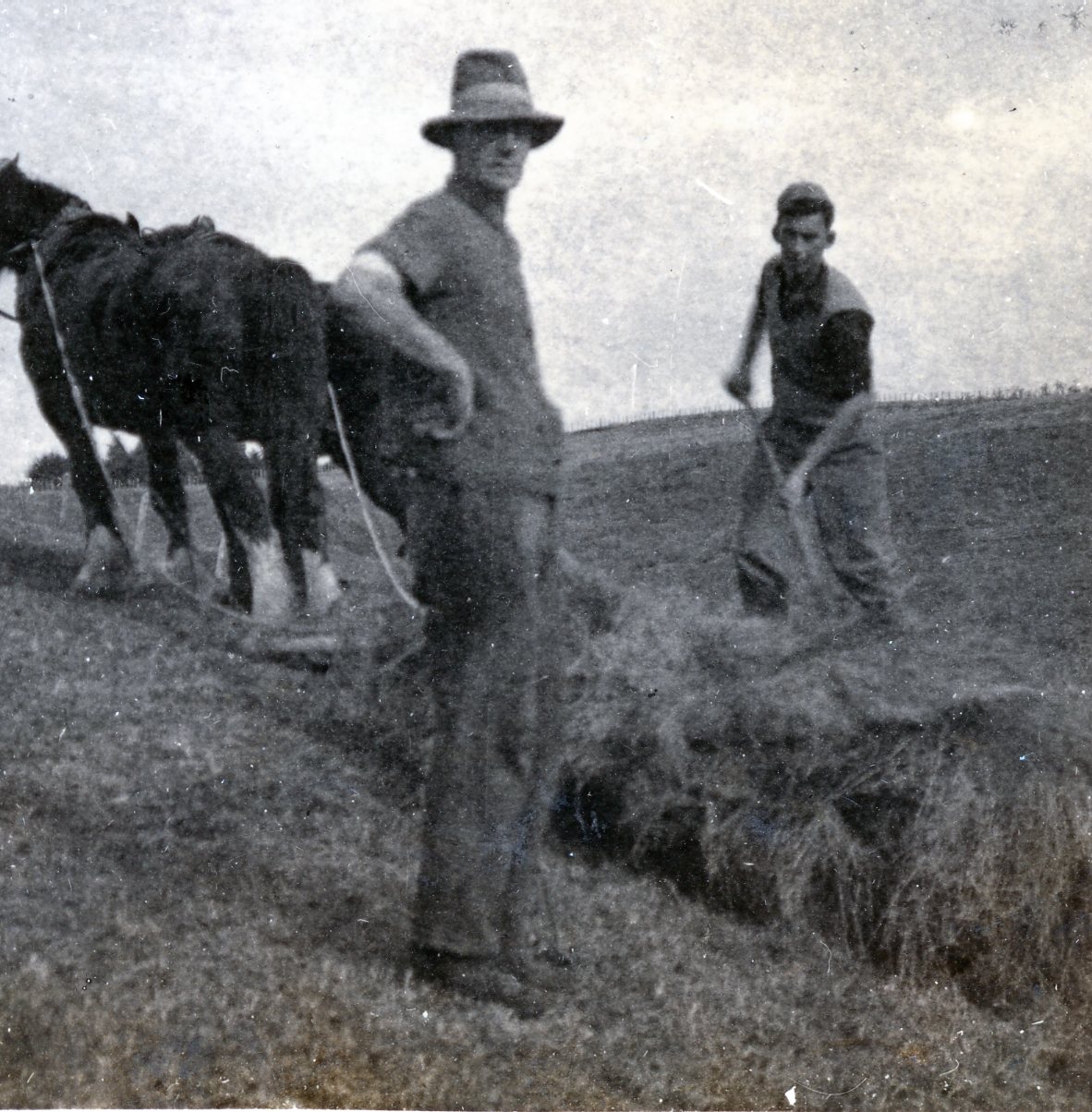Where would you keep your milk if there was no fridge? How would you keep your feet warm if you didn’t have shoes? Throughout the last century, a LOT has changed about life on the farm, and our family, the McNauls, have been there to experience it all. We thought we’d take you on a little trip through time to explore the days of old and let me just say...the way our great grandad kept his feet warm was a little different to today!
Milking cows before machinery
Back in the early 20th century (around the 1920s onwards), my great grandad Harry McNaul and grandad Neville McNaul were dairy farmers in the Waikato region of New Zealand’s north island.
Back then, life was very different on the farm! Industrial machinery didn’t exist, so everything was done by hand or with the assistance of your work animals. This meant that the days were very long - much, much longer than they are now.
Preparation for a day started the evening before when you had to take the house cow’s calf from her so she would have enough milk in the morning. Calves are quite clever and knew what was coming, so this was never an easy task!
Then, the next morning, my great grandad and grandad would milk the cow manually into a tin bucket until they got about 10 litres of milk. The milk was then taken home (it was still dark at this stage) to our grandma who would put it into a cool room.
Refrigeration before fridges
A cool room - which was our version of a refrigerator at the time - was a room made of fly-proof steel wire, with a tin-lined roof. This kept the food, meat and milk a little cooler than the outside temperature as air flow could move through easily. Due to the lack of refrigeration though, nothing lasted more than a few days so everything had to be consumed quickly.
Farm life in those days was very economical and sustainable - nothing was wasted! For example, when a lamb was killed to be eaten, the bones were given to the working dogs, and the fats were preserved for cooking. What was leftover then went to the chooks.
Warming your feet before shoes
Food might have been delicious on our family farm (it still is...try it here!), but money was tight. As such, my grandad didn’t have shoes until he was about 9 years, but he improvised to keep his feet warm! When he rode to school on frosty mornings he’d look for a cow taking a nice, long and warm wee...and, well, I think you know where I’m going with this.
But don’t worry...he washed his feet when he got to school! He’d put his pony in the school horse paddock and break through ice in the horse trough to rinse off before he went to school.
Machinery is introduced
The 1950s and 1960s were a real turning point for farmers. Our family went from using predominantly animals on the farm (see below for some of our horses pulling a dray!), to being able to use a tractor for the first time.
The tractors we used back then were called Fergys (small grey Fergusons). They had a petrol engine and a small tray on the back where we could carry hay bales, or sheep and lambs at lambing time. It was a big change from just using horses.
Modern conveniences also had a big impact on life in general on the farm. My mum and grandma now had another activity in the evening to accompany their knitting - a TV! It was an exciting time but knitting jumpers, hats, socks and gloves from spun wool did - and still does - occupy much of their evening.
Farm life today
Today on our farm in Wakool, NSW, we’re pretty thankful for some modern conveniences - such as shoes and a fridge! Tractors also help us grow a diverse range of fresh crops, such as wheat, barley, oats, faba beans, corn and of course, teff.
In some ways, though, farm life hasn’t changed that much and we’re happy about that. Teff in particular is an extremely sustainable, low-waste crop that fits perfectly into our farm ecosystem , and our family still takes pride in creating the best farm-fresh products.
Want to taste fourth generation farming expertise? Try our teff, a superfood with style and substance.


